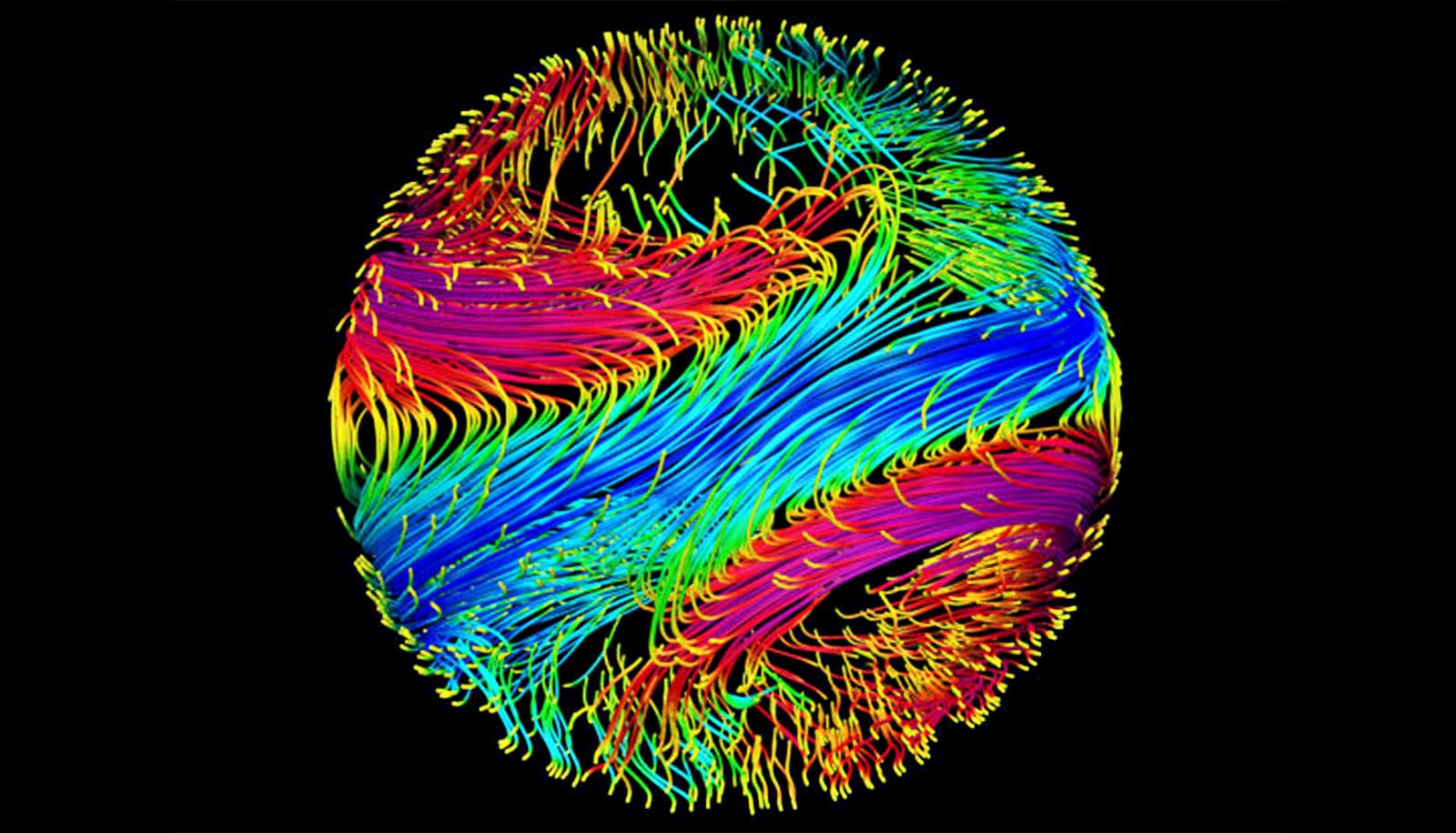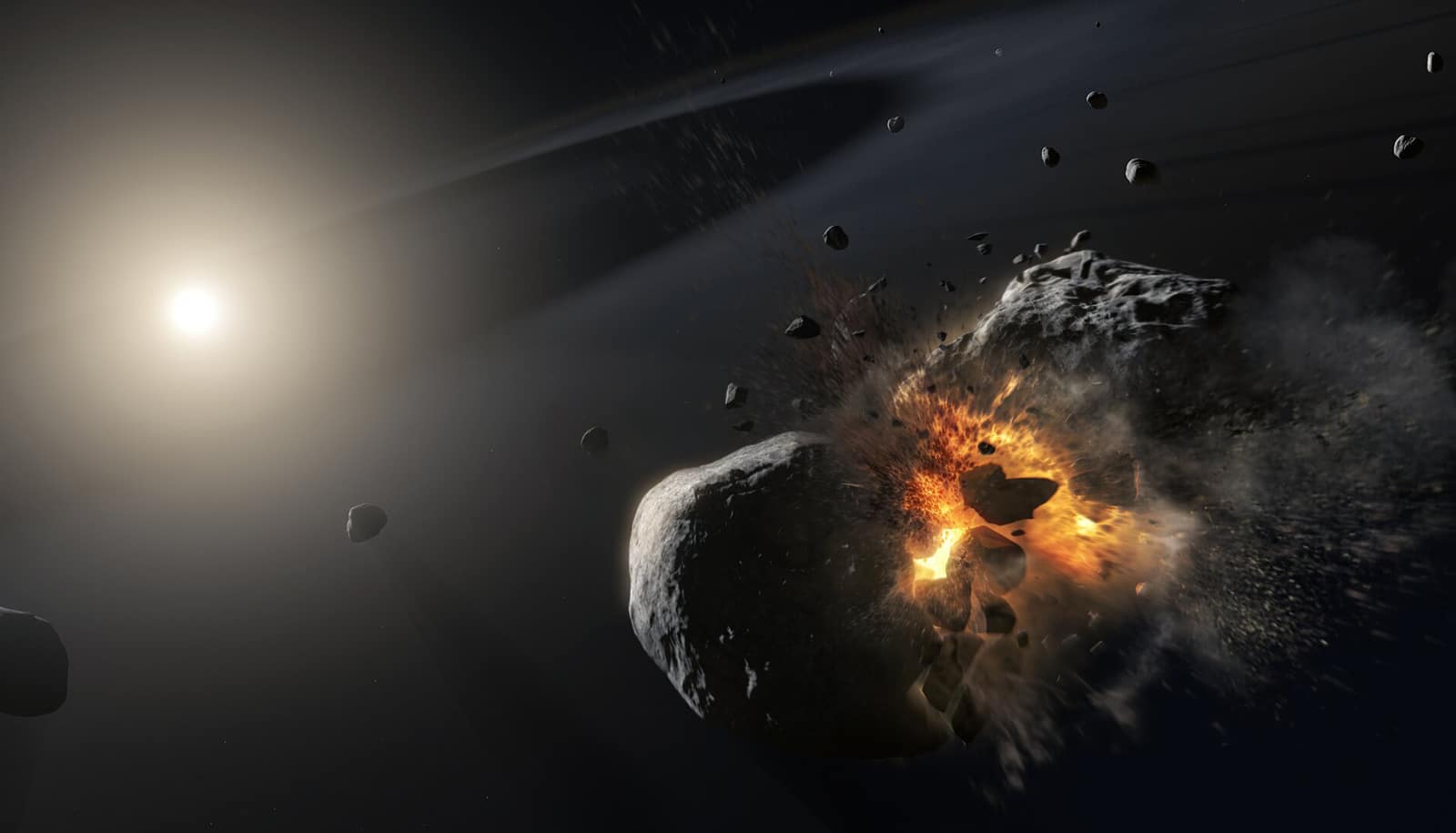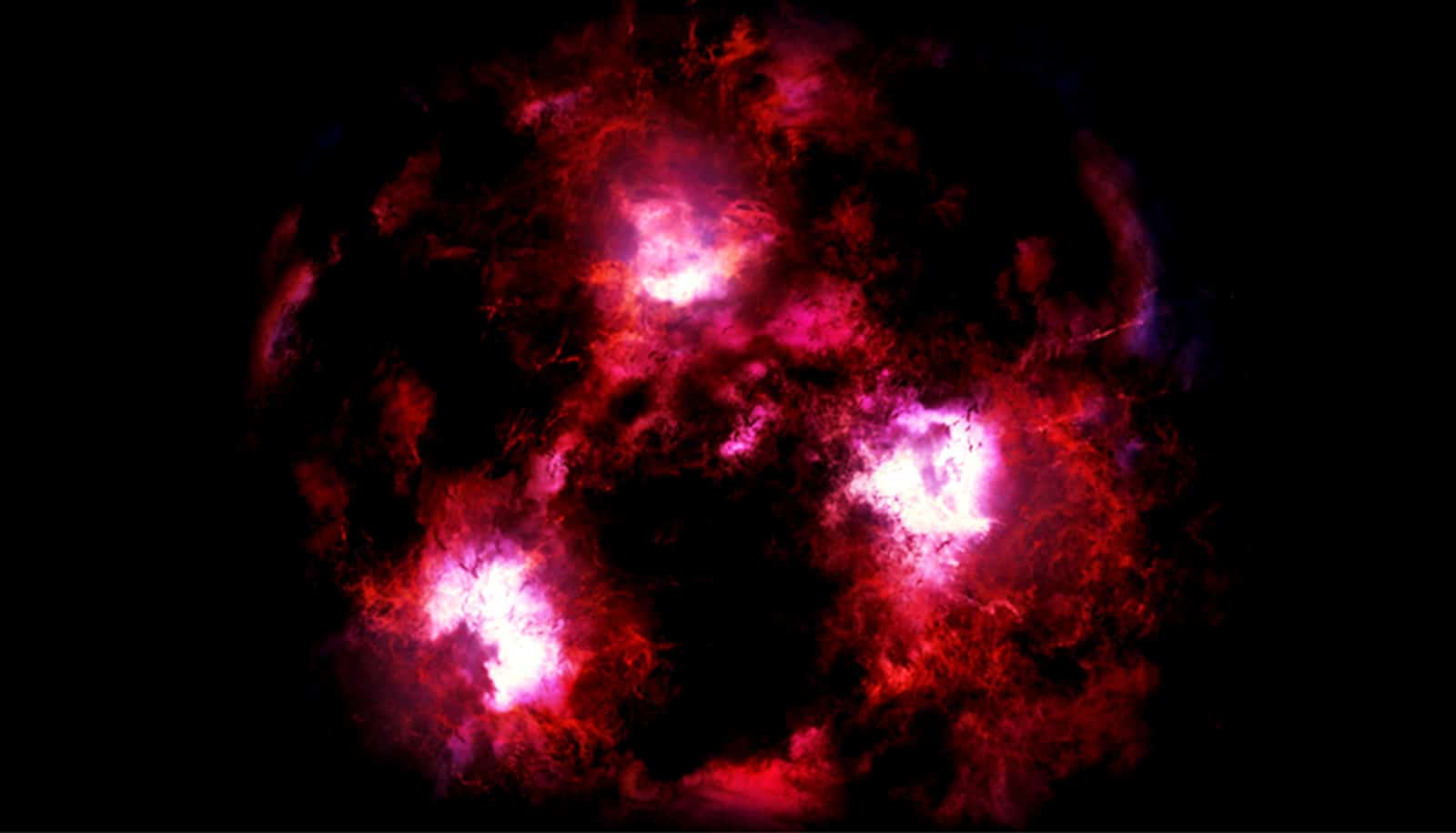The core mass of the giant exoplanet WASP-107b is much lower than what was thought necessary to build up the immense gas envelope surrounding giant planets like Jupiter and Saturn, according to new research.
This intriguing discovery suggests that gas-giant planets form a lot more easily than previously believed.
The new analysis of WASP-107b’s internal structure has big implications.
“This study pushes the boundaries of our theoretical understanding of how giant-sized planets form. WASP-107b is one of the puffiest planets out there, and we need a creative solution to explain how these tiny cores can build such massive gas envelopes,” says coauthor Eve Lee, assistant professor in the physics department at McGill University and McGill Space Institute.
Inside exoplanet WASP-107b
WASP-107b was first detected in 2017 around WASP-107, a star about 212 light years from Earth in the Virgo constellation. The planet is very close to its star—over 16 times closer than the Earth is to the Sun. About as big as Jupiter but 10 times lighter, WASP-107b is one of the least dense exoplanets known: a type astrophysicists have dubbed “super-puffs” or “cotton-candy” planets.
The astronomers first used observations of WASP-107 obtained at the Keck Observatory in Hawaii to assess the planet’s mass more accurately. They used the radial velocity method, which allows scientists to determine a planet’s mass by observing the wobbling motion of its host star due to the planet’s gravitational pull. They concluded that the mass of WASP-107b is about one tenth that of Jupiter, or about 30 times that of Earth.
In analyzing the planet’s most likely internal structure, they came to a surprising conclusion: with such a low density, the planet must have a solid core of no more than four times the mass of the Earth. This means that more than 85% of its mass is included in the thick layer of gas that surrounds this core. In comparison, Neptune, which has a similar mass to WASP-107b, only has 5 to 15% of its total mass in its gas layer.
Planets form in the disc of dust and gas that surrounds a young star called a protoplanetary disc. Classical models of gas-giant planet formation are based on Jupiter and Saturn. In these, a solid core at least 10 times more massive than the Earth is needed to accumulate a large amount of gas before the disc dissipates.
Without a massive core, gas-giant planets were not thought able to cross the critical threshold necessary to build up and retain their large gas envelopes.
How then do we explain the existence of WASP-107b, which has a much less massive core? Lee, a world-renowned expert on super-puff planets like WASP-107b, has several hypotheses.
Explaining the super-puff planet
“For WASP-107b, the most plausible scenario is that the planet formed far away from the star, where the gas in the disc is cold enough that gas accretion can occur very quickly,” she says. “The planet was later able to migrate to its current position, either through interactions with the disc or with other planets in the system,” she says.
The Keck observations of the WASP-107 system cover a much longer period of time than previous studies have, allowing the research team to make an additional discovery: the existence of a second planet, WASP-107c, with a mass of about one-third that of Jupiter, considerably more than WASP-107b’s.
WASP-107c is also much farther from the central star; it takes three years to complete one orbit around it, compared to only 5.7 days for WASP-107b. Also interesting: the eccentricity of this second planet is high, meaning its trajectory around its star is more oval than circular.
“WASP-107c has in some respects kept the memory of what happened in its system,” says coauthor Caroline Piaulet of the Université de Montréal, who worked under the supervision of Björn Benneke. “Its great eccentricity hints at a rather chaotic past, with interactions between the planets which could have led to significant displacements, like the one suspected for WASP-107b.”
The researchers plan to continue studying WASP-107b, hopefully with the James Webb Space Telescope set to launch in 2021, which will provide a much more precise idea of the composition of the planet’s atmosphere.
The research appears was published in Astronomical Journal.
Source: McGill University



